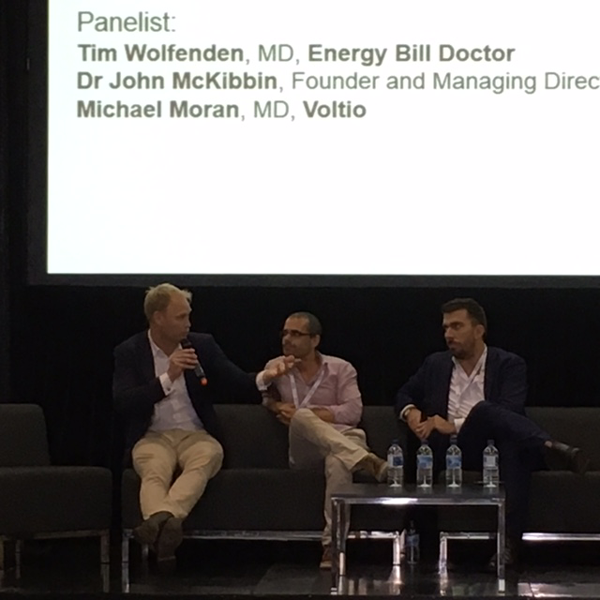Don’t trust any politician who is in favour of the National Energy Guarantee (NEG).
The federal government has claimed that the NEG is the first energy policy to integrate climate policy with the economy. It doesn’t. It has also claimed that the NEG will deliver a $550 saving to household energy bills. It won’t.
Wholesale prices have stabilised significantly since their lofty heights in late 2016 and the first half of 2017. At the time it was a perfect storm for energy markets, with gas shortages due to LNG export terminals in Queensland ramping up and the closure of the Hazelwood power plant in Victoria fuelling the rapid price rises.
Hazelwood was commissioned in 1964, predating colour television by nearly a decade. Its time was up. Why did we end up with this perfect storm? A lack of a national energy policy.
Unconventional gas mining (fracking) was sold to the public back in the 2000s as the “transitional green energy”, and we ate it up. Gas was going to wean our wholesale energy market off coal and our ageing, failing and expensive fleet of coal-fired power stations. The problem: the multinational gas companies contracted most of it to Japan (post the Fukushima disaster) and other overseas markets, with our governments failing to lock in a guarantee of supply to meet our growing domestic use here for generation purposes.
The National Energy Market (NEM) interconnects every state and territory, except for Western Australia and the Northern Territory, yet every state acted in its own interest. The NEG in its current form is no different. This federal coalition is purely propping up its coal interests, with no economic or environmental thought.
Prices have decreased (albeit modestly) recently without the NEG. According to the latest consumer price index data from the Australian Bureau of Statistics, electricity prices were down 1.3% nationally in the June quarter, although they remain 10% higher compared with June last year. And it turns out that the Australian Competition and Consumer Commission (ACCC) predicts significantly lower power bills across the country in coming years, again without the NEG.
The savings are derived mostly from a combination of lower wholesale prices and a reduction in the required investment in poles and wires. According to the ACCC, the savings by 2020-21 differ for each state but amount to hundreds of dollars a year.
Achievable average annual residential bill savings by 2020-2021
2017-2018 Energy Bill is the ‘Start’ point, and 2020-2021 Energy Bill is the ‘End’ point. All figures are shown as dollars per annum.
| Region | ‘Start’ | Networks | Wholesale | Environ. | Retail | Reduction | % | ‘End’ |
| SA | $1,727 | $13 | $227 | $89 | $42 | $371 | 21% | $1,356 |
| VIC | $1,457 | $39 | $192 | $34 | $26 | $291 | 20% | $1,166 |
| TAS | $1,1979 | $113 | $226 | $75 | – | $414 | 21% | $1,490 |
| SEQ | $1,703 | $147 | $192 | $18 | $62 | $419 | 25% | $1,244 |
| NSW | $1,697 | $174 | $155 | $43 | $37 | $409 | 24% | $1,288 |
Photo credit – Fabian Blank









